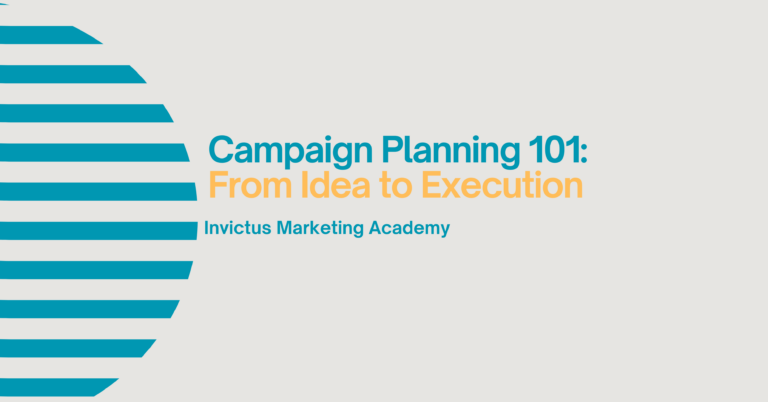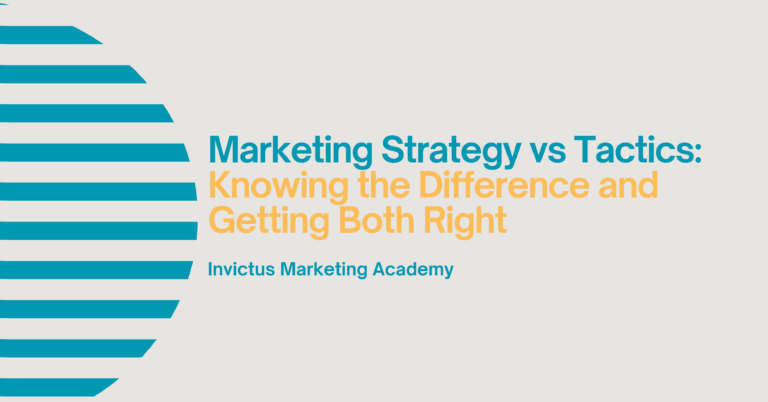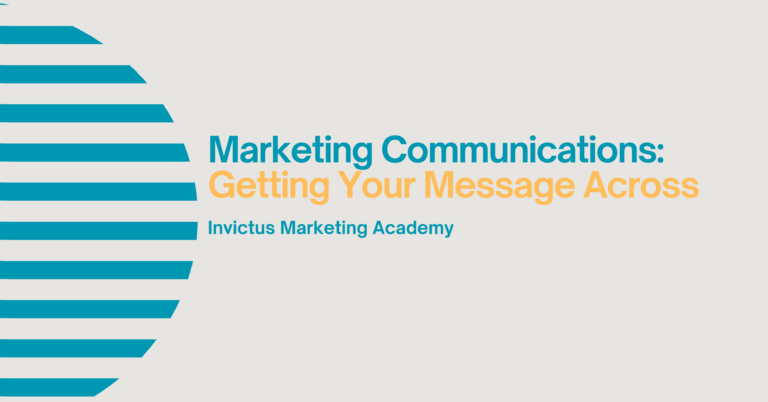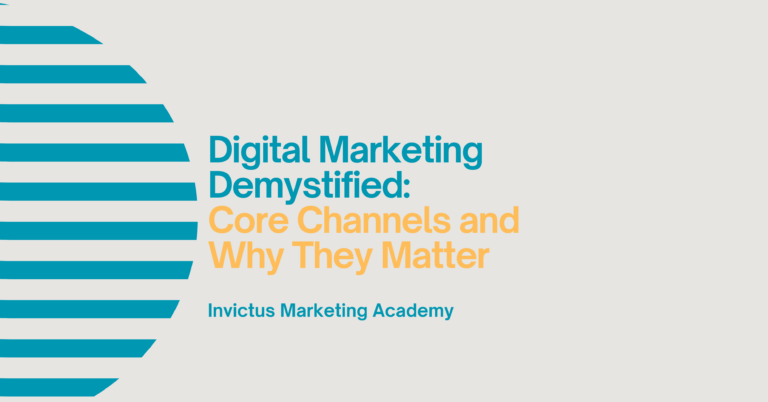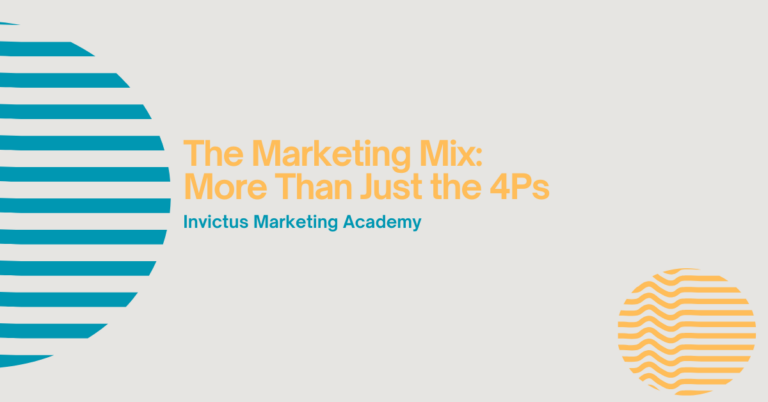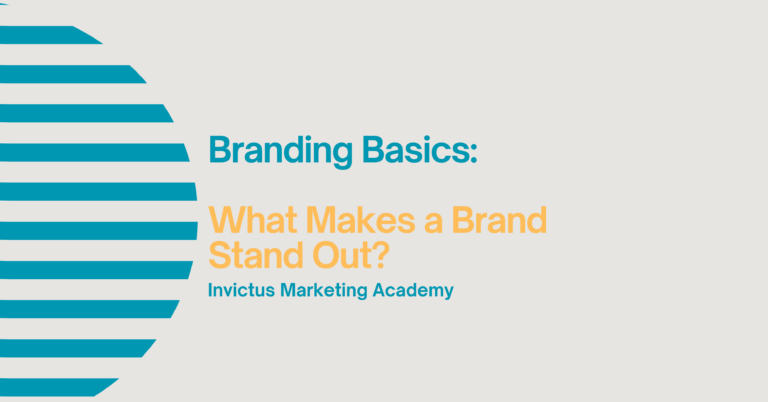Email Marketing: Why It Still Works and How to Do It Well
Every year, a new channel arrives promising to replace email. But despite the hype, email marketing remains one of the most effective — and cost-efficient — ways to connect with your audience.
Why? Because unlike social platforms, email is a channel you own. There are no unpredictable algorithms, no rent to pay on someone else’s digital real estate. When someone gives you their email address, they’re inviting you into their inbox — a personal, distraction-free space. That kind of access is powerful.
But getting it right takes more than sending the occasional newsletter. It requires strategy, structure, and consistency.
In this article, we’ll explore why email marketing still works, what makes a good email campaign, and how to do it well — whether you’re nurturing leads, launching a product, or building loyalty over time.
Why Email Still Matters
With so many digital channels competing for attention, email offers a unique combination of reach, control, and results.
Here’s why it continues to deliver:
- Direct access to your audience – You’re not relying on social media algorithms to reach your followers. Your message goes straight to the inbox.
- High return on investment – According to the Data & Marketing Association, email marketing delivers an average ROI of £35–£40 for every £1 spent.
- Personalisation at scale – You can tailor content, timing, and offers based on user behaviour, interests, or purchase history.
- Relationship building – Regular, well-crafted emails create a rhythm of communication that builds trust and keeps your brand top of mind.
- Performance insight – With open rates, click-throughs, and conversions all trackable, email gives clear data to guide improvements.
Email isn’t just still relevant — it’s one of the most controllable and measurable tools in your marketing kit.
The Core Types of Email Marketing
There’s no one-size-fits-all email. Different formats serve different purposes — from nurturing new leads to re-engaging existing customers.
1. Welcome Sequences
These are the first emails a subscriber receives after signing up. Their job is to set expectations, introduce your brand, and offer immediate value.
A strong welcome sequence builds trust and guides the subscriber toward their next step.
2. Newsletters
Regular updates, insights, or curated content that keeps your brand top of mind.
Good newsletters educate, entertain, or inform — not just promote.
3. Promotional Campaigns
Emails focused on a product, offer, or event, often linked to a sales goal or time-sensitive promotion.
These should feel helpful and relevant — not pushy or repetitive.
4. Automated Nurture Flows
Triggered emails based on user behaviour, such as downloading a guide or abandoning a cart.
These respond to real-time actions, helping move people further down the funnel.
5. Transactional Emails
Essential emails like order confirmations, receipts, or shipping updates.
Often overlooked as marketing tools, these emails can reinforce your tone and offer upsells or referral incentives.
Using the right mix of emails — and tailoring them to the user’s stage in the journey — is key to effectiveness.
What Makes a Good Marketing Email?
To stand out in a crowded inbox, your email must offer more than just information — it needs to offer value. Here’s what matters most:
1. A clear, relevant subject line
The subject line is your first — and sometimes only — chance to grab attention.
Keep it short (under 50 characters), specific, and benefit-led. Avoid clickbait.
Example:
Instead of “This Week’s Update”, try “3 Simple Ways to Save Time on Client Work”.
2. A strong opening line
Once opened, the first line of your email should hook the reader — ideally addressing a need, question, or curiosity.
Speak directly to the reader and lead with value or insight, not filler.
3. Useful, focused content
Each email should do one job — not ten. Whether it’s to inform, inspire, or drive a click, stay focused.
Break up text with headings or bullet points, and always include a single, clear call to action.
4. Consistent voice and tone
Your emails should sound like you. Whether your tone is friendly, professional, bold or quirky, stick to it.
Think of email as a conversation — not a broadcast.
5. Mobile-friendly design
Most people check emails on their phone. Poor formatting will kill your message.
Use short paragraphs, large buttons, and single-column layouts for best results.
How to Build and Grow Your List Ethically
A healthy email list is built on consent, relevance, and value. Here’s how to do it properly:
- Use lead magnets – Offer free resources, guides, or tools in exchange for an email address.
- Be transparent – Make it clear what subscribers are signing up for and how often you’ll contact them.
- Never buy lists – Purchased contacts rarely convert and can damage your sender reputation.
- Segment from the start – Use sign-up forms to capture interest areas, so your emails are relevant from day one.
- Make unsubscribing easy – Respecting people’s choices builds long-term trust.
The best lists aren’t the biggest — they’re the most engaged.
Timing and Frequency: Finding the Right Rhythm
There’s no perfect sending schedule — but consistency matters more than volume.
- Start with 1–2 emails per month if you’re just beginning. As you get more confident and your audience grows, test weekly or campaign-based sending.
- Choose strategic days and times – Mid-week mornings often perform well, but test what works for your audience.
- Respect inbox fatigue – If open rates drop or unsubscribes rise, dial back or refresh your content approach.
Use your analytics to guide you. Open rate trends, click-throughs, and audience feedback will tell you what’s working.
A Practical Example: A Design Agency’s Monthly Newsletter
Let’s say you run a boutique design agency. Instead of blasting offers, you create a monthly email called:
“The Design Digest: One Idea, One Insight, One Tool”
Each issue includes:
- A short article about a design trend (insight)
- A case study from a recent project (social proof)
- A link to a free Canva template (value)
At the bottom, a clear CTA:
“Need help applying this to your brand? Let’s chat.”
Over six months, your open rate stays consistently above 40%, and you gain five new project leads — all from subscribers who say, “I’ve been reading your emails for a while.”
That’s email marketing done well: consistent, valuable, and results-driven.
In Summary
Email marketing is still one of the most effective ways to build relationships, deliver value, and drive conversions — when it’s done with purpose and care.
It works because it’s personal, measurable, and direct. But to succeed, you must focus on:
- Building trust with every email
- Putting value before volume
- Staying human, helpful, and relevant
When your emails feel like a service — not a sell — your audience will not only open them… they’ll look forward to them.

